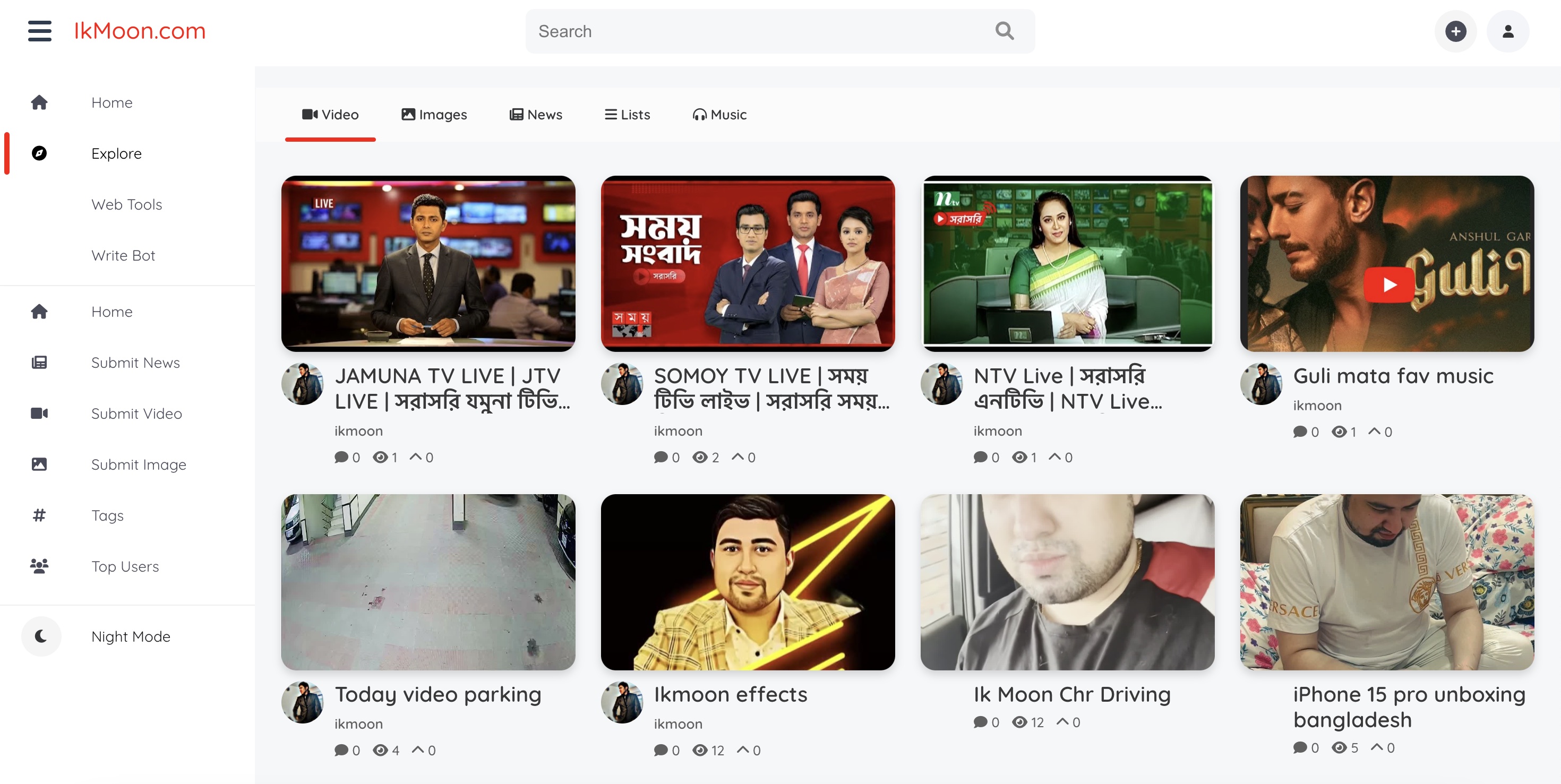Enrolling In Or Changing Your Health Coverage
The post Enrolling In Or Changing Your Health Coverage appeared on BitcoinEthereumNews.com. Enrolling in health insurance getty For many employees, open enrollment for benefits selection occurs between October and November. Selecting from a long list of choices can be overwhelming to say the least. If you are switching health coverage, it’s important to understand your deductible, the maximum out of pocket, the implications of in-network and out-of-network care, and what it would cost you to maintain your existing healthcare routine. Two common categories of health coverage I see are Health Maintenance Organizations (HMO) and Preferred Provider Organizations (PPO). Understanding the difference between these common plans can help you make an informed decision when choosing your coverage. Here are some financial considerations when deciding between HMO and PPO. HMOs HMOs tend to be the most inexpensive options available. Often, those with an HMO can have a great experience if they just go to a primary care doctor annually for a physical, have maybe a medication or two, and don’t experience health issues. If you require a specialist, you will need to be referred by your Primary Care Physician and usually, that specialist would be part of the same organization— this could limit your options. HMOs also usually do not cover out-of-network care at all except in the case of an emergency. PPOs PPOs are usually well suited to people who have a preferred doctor or want flexibility in choosing a location or specialist. You also usually do not require a referral to see a specialist, allowing you to pick the best one available. PPOs tend to have wider networks and may even have a high level of coverage if you choose to see a doctor out-of-network. Copays Copays are most often associated with HMOs, though they can be applicable to PPOs. Copayments are set dollar amounts that you pay for specific services, like…

The post Enrolling In Or Changing Your Health Coverage appeared on BitcoinEthereumNews.com.
Enrolling in health insurance getty For many employees, open enrollment for benefits selection occurs between October and November. Selecting from a long list of choices can be overwhelming to say the least. If you are switching health coverage, it’s important to understand your deductible, the maximum out of pocket, the implications of in-network and out-of-network care, and what it would cost you to maintain your existing healthcare routine. Two common categories of health coverage I see are Health Maintenance Organizations (HMO) and Preferred Provider Organizations (PPO). Understanding the difference between these common plans can help you make an informed decision when choosing your coverage. Here are some financial considerations when deciding between HMO and PPO. HMOs HMOs tend to be the most inexpensive options available. Often, those with an HMO can have a great experience if they just go to a primary care doctor annually for a physical, have maybe a medication or two, and don’t experience health issues. If you require a specialist, you will need to be referred by your Primary Care Physician and usually, that specialist would be part of the same organization— this could limit your options. HMOs also usually do not cover out-of-network care at all except in the case of an emergency. PPOs PPOs are usually well suited to people who have a preferred doctor or want flexibility in choosing a location or specialist. You also usually do not require a referral to see a specialist, allowing you to pick the best one available. PPOs tend to have wider networks and may even have a high level of coverage if you choose to see a doctor out-of-network. Copays Copays are most often associated with HMOs, though they can be applicable to PPOs. Copayments are set dollar amounts that you pay for specific services, like…
What's Your Reaction?




































